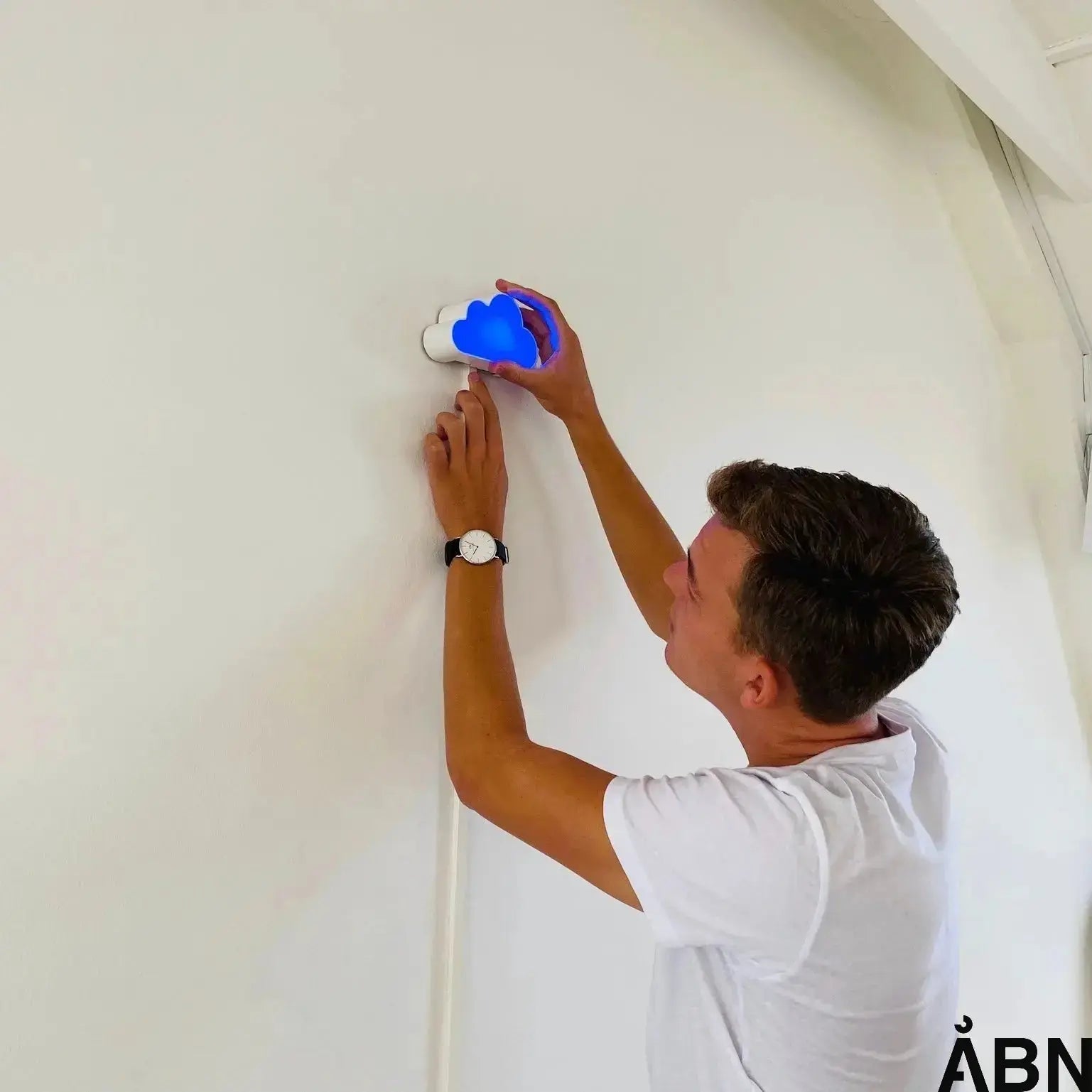Noise in the workplace: How much noise can you tolerate?
Imagine you're sitting in your office. You're trying to concentrate, but in the background the printer is humming, colleagues are talking on the phone, and the ventilation system is constantly humming. It's not necessarily loud – but it's constant. And it affects you more than you might think.
Noise is an invisible factor that is increasingly recognized as an essential part of the working environment. But how much noise can you really tolerate before it affects your health, well-being and productivity? And what can you do about it?
In this article, we delve into how noise affects us – especially in the workplace – and how we can create healthier and more sustainable work environments with modern technology and awareness.
What is noise – and why is it a problem?
Noise is not just loud sounds. It is any unwanted sound that disrupts our concentration, sleep or well-being. It can be anything from traffic noise outside the window to the hum of a projector in the meeting room. And even though we may get used to it, that doesn't mean our bodies don't react.
According to the Danish Health Authority, even low noise levels – as low as 35-40 dB – can affect our sleep, concentration and mental health. This is especially problematic in environments where we need to perform, learn or recover – such as at work, at school or at home.
The invisible consequences of noise
Noise is like an invisible guest that sneaks in and affects us without us necessarily noticing. Research from the Danish Sound Research Center shows that prolonged exposure to noise can lead to:
- Increased stress level
- Higher blood pressure
- Decreased concentration and productivity
- Sleep disorders
- Increased risk of cardiovascular disease
It's not just the loud sounds that are the problem. It's the sum of many small sounds – the constant background noise – that over time can wear down both body and mind.
How much noise can you tolerate in the workplace?
In the workplace, there are clear guidelines for how much noise you can be exposed to. According to the Danish Working Environment Authority , noise must not exceed 85 dB over a long period of time. This is equivalent to the sound of heavy traffic or a vacuum cleaner close to the ear. At higher levels, hearing protection must be used and special precautions must be taken.
But even at lower levels – around 50-60 dB – noise can be annoying, especially in office environments where concentration is crucial. Here we are not necessarily talking about hearing damage, but reduced well-being and efficiency.
Noise in open office environments
Open office environments have become popular for promoting collaboration and flexibility. But they also introduce a new type of noise: conversations, phone calls, keyboard clicks, and coffee machines. According to the Knowledge Center for Sound, this type of background noise can lead to a 66% drop in productivity if you don't have the opportunity to retreat to a quiet area.
This is where technological solutions like Skyen from ÅBN can make a difference. By visualizing the indoor climate – including noise levels – in real time, it becomes possible to act on problems before they affect employee well-being.
How does noise affect children and young people?
Noise is not just a problem for adults. In schools and daycare centers, noise can have serious consequences for children's learning and well-being. According to the Danish Health Authority, even moderate noise can disrupt children's concentration and memory, and in the worst case, lead to stress and sleep problems.
Parents and educators are therefore rightly concerned about how noise affects children's everyday lives. It's not just about dampening the sounds, but about understanding how noise occurs – and how to prevent it.
At ÅBN, we work to make the indoor climate understandable – also for children. Our intuitive sensors and dashboards make it possible to see how noise, CO₂ and temperature affect the learning environment. In this way, children themselves become part of the solution – as little “heroes of the air” who learn to take care of their surroundings.
How can noise be reduced in the workplace?
There are many ways to reduce noise – both technical and behavioral. Here are some of the most effective:
1. Measure and visualize the noise
The first step is to understand the problem. With sensors from ÅBN, you can measure noise levels in real time and have them displayed on an easy-to-understand dashboard. This makes it possible to identify noise sources and take action quickly.
2. Decorate with sound in mind
Acoustic panels, carpets and plants can absorb sound and reduce reverberation. It's about creating spaces where sound is not thrown around, but is naturally attenuated.
3. Create zones of calm and collaboration
Divide the office into quiet zones and collaboration zones. This way, employees can choose the environment that suits their tasks – and avoid unnecessary noise.
4. Implement behavioral changes
Noise is often a result of habits. By working on behavioral changes – for example, taking phone calls in special zones or using a headset – you can significantly reduce noise.
5. Use technology to create awareness
When noise becomes visible, it also becomes tangible. With ÅBN's solutions, you can not only measure noise - you can understand it. It creates a culture where everyone takes responsibility for a good sound environment.
Noise and sustainability – an overlooked connection
Noise is not just a matter of comfort – it is also a matter of sustainability. A poor sound environment can lead to stress, sick leave and lower productivity. It costs – both human and financial.
By investing in a healthy sound environment, you invest in people. And people are the most important resource in any organization. Therefore, noise reduction is not just a technical task – it is a strategic decision.
At ÅBN, we believe that sustainability starts with well-being. Our solutions are designed to create healthy, efficient and sustainable work environments – where both people and the planet thrive.
FAQ: How much noise can you tolerate?
What is the maximum noise level in a workplace?
According to the Danish Working Environment Authority, noise must not exceed 85 dB over a longer period of time. At higher levels, hearing protection must be used and special precautions must be taken.









